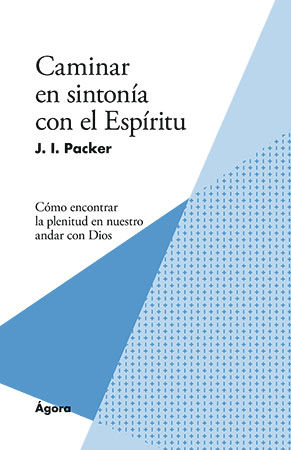

Webb Mealy, The End of the Unrepentant: A Study of the Biblical Themes of Fire and Being Consumed (Wipf & Stock, 2012) Kim Papaioannou, The Geography of Hell in the Teaching of Jesus: Gehena, Hades, the Abyss, the Outer Darkness Where There Is Weeping and Gnashing of Teeth (Pickwick, 2013) J. Fudge, Hell: A Final Word (Leafwood, 2012) J. Fudge, The Fire That Consumes: A Biblical and Historical Study of the Doctrine of Final Punishment, 3rd ed. Powys, ‘Hell’: A Hard Look at a Hard Question: The Fate of the Unrighteous in New Testament Thought (Wipf & Stock, 2007) Edward W. Much ink has been spilled in defense of annihilationism in the nearly twenty years since Packer’s article. Packer says Stott “asks too much, for the biblical foundations of this view prove on inspection, as we have seen, to be inadequate.” Edwards & John Stott, Evangelical Essentials: A Liberal-Evangelical Dialogue (InterVarsity, 1988), 320.

Packer also concludes, however, that John Stott was wrong to suggest that “the ultimate annihilation of the wicked should at least be accepted as a legitimate, biblically founded alternative to their eternal conscious torment.” 2 David L. In the end he calls them and other evangelical annihilationists “honored fellow-evangelicals,” and says “it would be wrong for differences of opinion on this matter to lead to breaches of fellowship.” Reproducing quotes from John Wenham and John Stott in which they warn against the unreliability of emotion and its ability to cause us to twist Scripture, Packer acknowledges that these men embraced annihilationism from a commitment to the authority of Scripture, and not from emotionalism or sentimentality. In it Packer attempts to refute what he understands to be several arguments advanced in favor of annihilationism, though he has some refreshingly charitable things to say about those who offer them. Packer, “Evangelical Annihilationism in Review,” Reformation & Revival 6, no.

Packer entitled “ Evangelical Annihilationism in Review.” 1 J. In its eschatology-themed, Spring 1997 issue, Reformation & Revival magazine published an article by J.


 0 kommentar(er)
0 kommentar(er)
